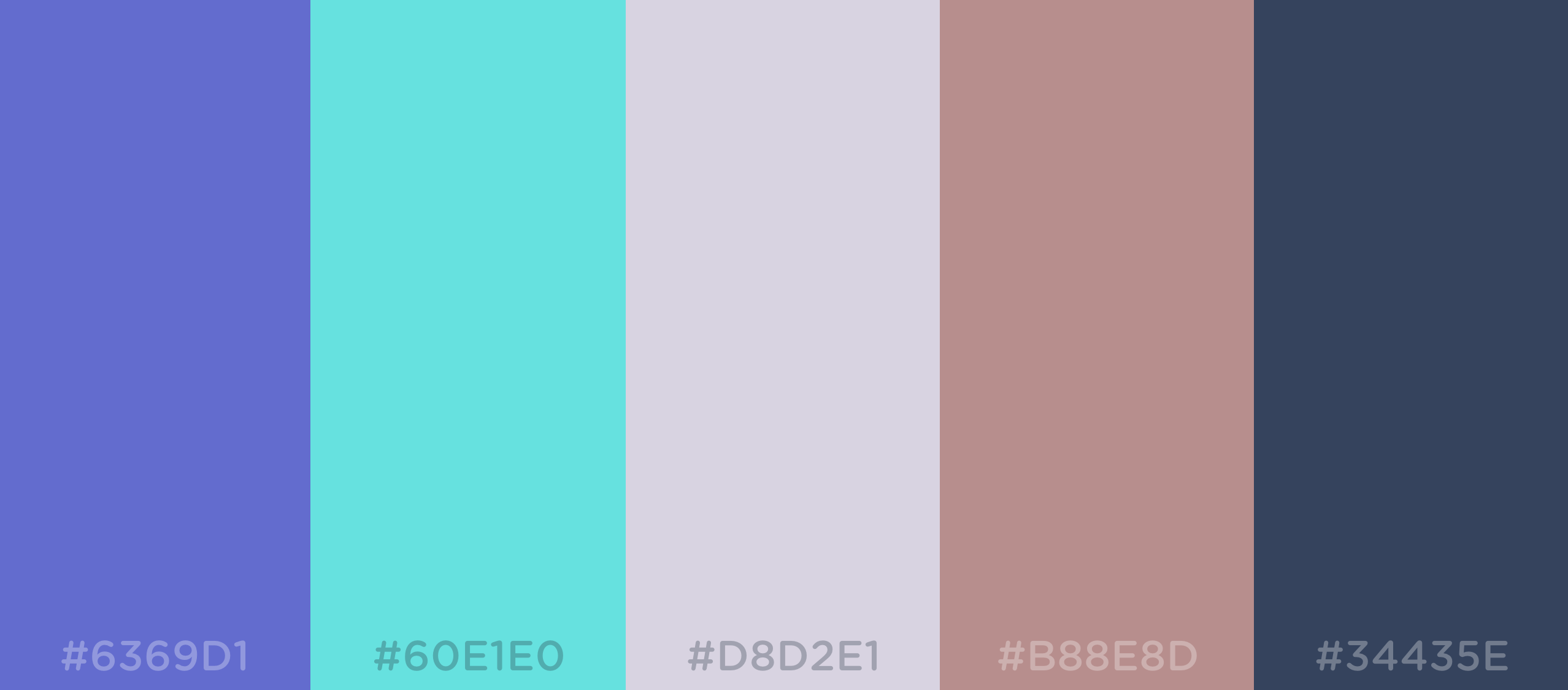We have updated the content of our program. To access the current Software Engineering curriculum visit curriculum.turing.edu.
Introduction to SASS
Learning Goals
- Explain why SASS is a better option than raw CSS
- Be able to set up SASS in a Rails project
- Understand how to create variables in SASS
- Understand how to nest elements in SASS
- Understand how to nest properties in SASS
Vocabulary
- SASS
.scss- Variables in SASS
- Nesting Elements
- Nesting Properties
CSS Selector Refresh - WarmUp
- How do you target an id in CSS?
- How do you target a class in CSS?
- How do you target an
<h1>inside of a<div class="container">?
What is SASS?
Syntactically Awesome StyleSheets! An extension of CSS that allows us to use raw CSS syntax while also mixing in variables, functions, and modularity where we please. It is a style sheet language that get compiled or interpreted as CSS. Plain CSS is valid SASS. It is coded in Ruby :boom:!
WHY THO??
SASS has a lot of awesome features that help organize our CSS files. Let’s explore some of those features.
We are going to work in movie_mania for this exercise.
First, let’s get some data in our database.
Copy this spreadsheet and put it in the movie_mania project under data/movies.csv. Let’s also merge in the seed branch that has the code to import the movies.csv. Run rake db:seed to seed the database with movies.
We are going to be working in view/movies/index.html.erb
SCSS Setup in Rails
sass-rails ships with Rails 5 projects. If you need to add it manually:
# Gemfile
gem 'sass-rails'
This should provide for you an application.scss within app/assets/stylesheets or you will want to change the name of the application.css file to application.scss
Lets also create a custom.scss file to write our new code in.
But where in our app are the stylesheets even linked?!?
Check out the file app/views/application.html.erb to see where we are linking the stylesheets and how (hint: it’s a rails helper!)
Variables in SASS
Variables in SASS are declared with a $ and are assigned with a colon :

We have chosen a color palette for our app, let’s create some variables with those hex codes. Our app is pretty small right now so keeping track of colors is simple but imagine as our app grows and we have to continually look back for our hex codes. By creating variables, we can easily access these colors at any point.
$light-purple: #6369D1;
$ice-blue: #60E1E0;
$grayish: #D8D2E1;
$light-brown: #B88E8D;
$dark-navy: #34435E;
Lets go ahead and set all text color of all our <h1>’s to $light-brown and our <h2> to $dark-navy
h1 {
color: $light-brown;
}
h2 {
color: $dark-navy;
}
What if we just want the <h1> on the movies#index to be $light-brown but other h1’s to be $light-purple?
Nesting - Elements
First, let’s add some structure to our index.
<div class="movie-index">
<h1>All Movies</h1>
<% @movies.each do |movie| %>
<h2><%= movie.title %></h2>
<p><%= movie.description %></p>
<% end %>
</div>
Then we can NEST our html elements. This provides more readable code and an actual STRUCTURE for our CSS. FINALLY!!!
h1 {
color: $light-brown;
}
.movie-index {
h1 {
color: $light-purple;
}
}
Run rails s and visit the route /movies to see the CSS. Inspect the CSS and see that it compiles as we expect to see CSS code! COOL!
On your own: Create a variable that holds a $grayish 3px dotted border and add it to both the <p> tag and the <h2>.
Nesting - Properties
Another great benefit of SASS is that we can nest our properties for more clarification and organization.
Let’s center our <h2> and underline the text.
.movie-index {
h2 {
text: {
align: center;
decoration: underline;
}
}
}
On your own, add a font family of papyrus and a size of 15px to the <p> tag under .movie-index
Wrap Up Questions
- What does SASS stand for?
- Why is SASS a better option than CSS?
- How is a variable declared and assigned in SASS?
- Why is nesting a benefit? Both at an element and property level?
Resources
- Read the Sass docs :D